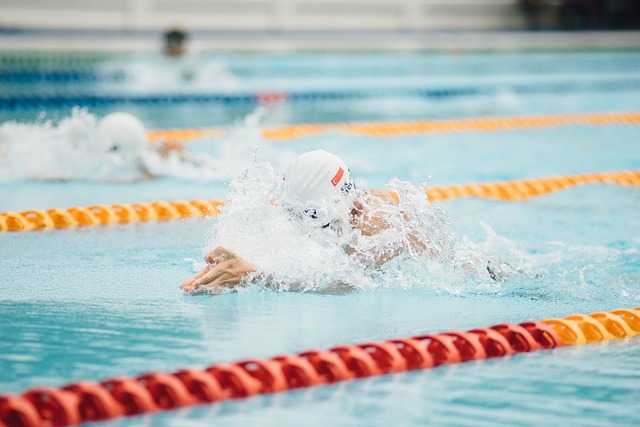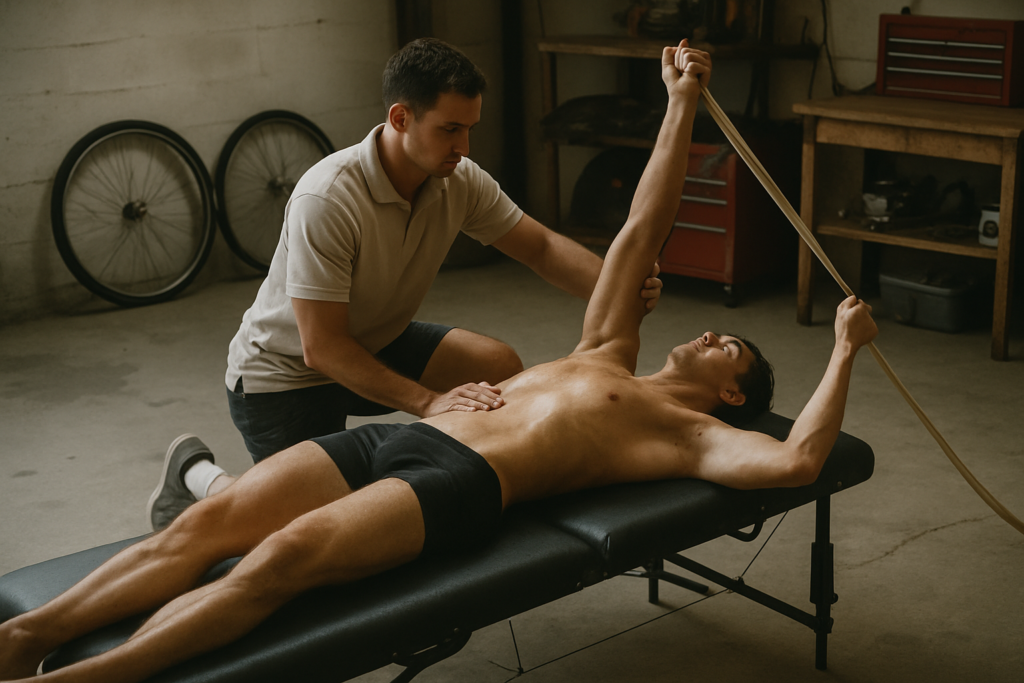Swimming is a fantastic full-body workout that not only helps us stay fit but also relaxes the mind. However, like any physical activity, it comes with its risks. Injuries while swimming are more common than one might think, ranging from shoulder strains to swimmer’s knee. As an avid swimmer myself, I understand the importance of preventing these injuries to enjoy the sport to its fullest.
In this article, I’ll delve into the world of common swimming injuries and share practical tips on how to prevent them. Whether you’re a beginner dipping your toes into the pool or a seasoned swimmer looking to improve your technique, knowing how to safeguard yourself against these injuries is crucial. Let’s explore the strategies that can help you glide through the water smoothly and safely.
Common Injuries in Swimming
As an experienced swimmer, I’m aware of the common injuries that can occur while enjoying this beneficial full-body workout. Understanding how to prevent these injuries is vital to ensure a safe and enjoyable swimming experience. Below are some insights into common swimming-related injuries and strategies to avoid them.
- Shoulder Injuries
Swimmers often experience shoulder injuries due to the repetitive motion of stroke techniques. Rotator cuff strains and swimmer’s shoulder are frequent issues encountered. To prevent shoulder injuries, I recommend incorporating shoulder-strengthening exercises into your workout routine, maintaining proper stroke form, and ensuring adequate rest between swimming sessions. - Knee Pain
Knee pain is another common complaint among swimmers, especially those who perform breaststroke or butterfly strokes. The breaststroke kick can strain the knee joint if executed incorrectly. To prevent knee pain, focus on proper kicking technique, strengthen the surrounding muscles through exercises like squats and lunges, and consider using swim fins to reduce stress on the knees. - Neck and Back Injuries
Swimming places significant demands on the neck and back, leading to potential injuries if not addressed effectively. Poor body alignment and breathing techniques can contribute to neck strain and back discomfort. To prevent these injuries, I recommend working on your body position in the water, practicing proper breathing patterns, and incorporating core-strengthening exercises into your dryland training regimen. By understanding the common injuries associated with swimming and implementing preventive measures, you can enhance your swimming performance while minimizing the risk of discomfort or injury. Regularly practicing proper techniques and taking care of your body are essential for a fulfilling and injury-free swimming journey.
Prevention Strategies for Swimmers

As an experienced swimmer, I understand the importance of preventing common injuries to enjoy a safe and efficient swimming session. Implementing proper preventive measures can help swimmers avoid issues like shoulder strains, knee pain, and neck or back injuries. Let’s explore some key strategies to prevent these common swimming-related injuries.
Proper Warm-Up Techniques
Before diving into the pool, warming up is essential to prepare the body for the physical demands of swimming. Start with dynamic stretches such as arm circles, leg swings, and torso twists to increase blood flow and loosen up muscles. Additionally, incorporate some light cardio exercises like jogging or jumping jacks to elevate your heart rate gradually. A thorough warm-up routine can help prevent muscle strains and enhance your overall performance in the water.
Swimming Techniques and Posture
Maintaining proper swimming techniques and posture is crucial in preventing injuries. Focus on your body alignment to reduce unnecessary strain on your muscles and joints. Keep your head in line with your spine, engage your core muscles, and streamline your body to move efficiently through the water. Avoid overreaching during strokes and practice bilateral breathing to evenly work both sides of your body. By paying attention to your technique and posture, you can minimize the risk of common swimming injuries.
Strength and Flexibility Exercises
Incorporating strength and flexibility exercises into your regular workout routine can significantly aid in injury prevention. Strengthening exercises targeting the shoulders, core, and legs can help improve muscle stability and reduce the likelihood of overuse injuries. Include exercises like lat pulldowns, planks, and squats to build strength in key muscle groups. Additionally, focus on improving flexibility through stretching exercises that target your shoulders, hips, and hamstrings. Enhancing both strength and flexibility can enhance your swimming performance and lower the risk of injuries.
By following these preventive strategies, swimmers can proactively safeguard themselves against common swimming-related injuries. Prioritizing proper warm-up techniques, maintaining good swimming posture, and incorporating strength and flexibility exercises into your routine can contribute to a safe and enjoyable swimming experience.
The Role of Equipment and Environment
When it comes to swimming, ensuring that you have the appropriate gear and a safe environment is crucial in preventing injuries. Let’s delve into the significance of selecting the right swim gear and understanding pool safety to enhance your swimming experience further.
Choosing the Right Swim Gear
I always emphasize the importance of choosing the right swim gear to prevent injuries and improve performance in the water. Opt for well-fitted swimsuits, goggles, and swim caps to enhance your comfort and streamline your movements. Invest in quality swim fins, kickboards, and paddles to aid in your training and reduce the risk of strain on your muscles. By selecting the appropriate swim gear, you can enhance your swimming experience while minimizing the chances of injuries.
Understanding Pool Safety
Safety should always be a top priority when swimming, whether in a pool or open water. Make sure the swimming area has clear depth markings to avoid diving into shallow water. Adhere to pool rules and regulations, such as designated swimming lanes and no diving areas, to prevent accidents. Additionally, familiarize yourself with emergency procedures and the location of safety equipment like life rings and first aid kits. Understanding pool safety guidelines is essential in creating a secure swimming environment for yourself and others.


 is a seasoned fitness expert with a special focus on swimming and holistic health strategies. With years of experience as a competitive swimmer and fitness coach, Patricia offers readers a wealth of knowledge on optimizing performance and maintaining a balanced lifestyle. Her writing on Swim Fast Stay Fit reflects her commitment to empowering others with practical advice and motivational insights. Patricia’s approach integrates advanced training techniques with accessible wellness tips, aiming to help individuals achieve their personal fitness goals and enhance their overall quality of life. Through her engaging articles, Patricia inspires readers to embrace a comprehensive approach to health, combining effective exercise routines with mindful nutrition and self-care practices.
is a seasoned fitness expert with a special focus on swimming and holistic health strategies. With years of experience as a competitive swimmer and fitness coach, Patricia offers readers a wealth of knowledge on optimizing performance and maintaining a balanced lifestyle. Her writing on Swim Fast Stay Fit reflects her commitment to empowering others with practical advice and motivational insights. Patricia’s approach integrates advanced training techniques with accessible wellness tips, aiming to help individuals achieve their personal fitness goals and enhance their overall quality of life. Through her engaging articles, Patricia inspires readers to embrace a comprehensive approach to health, combining effective exercise routines with mindful nutrition and self-care practices.
